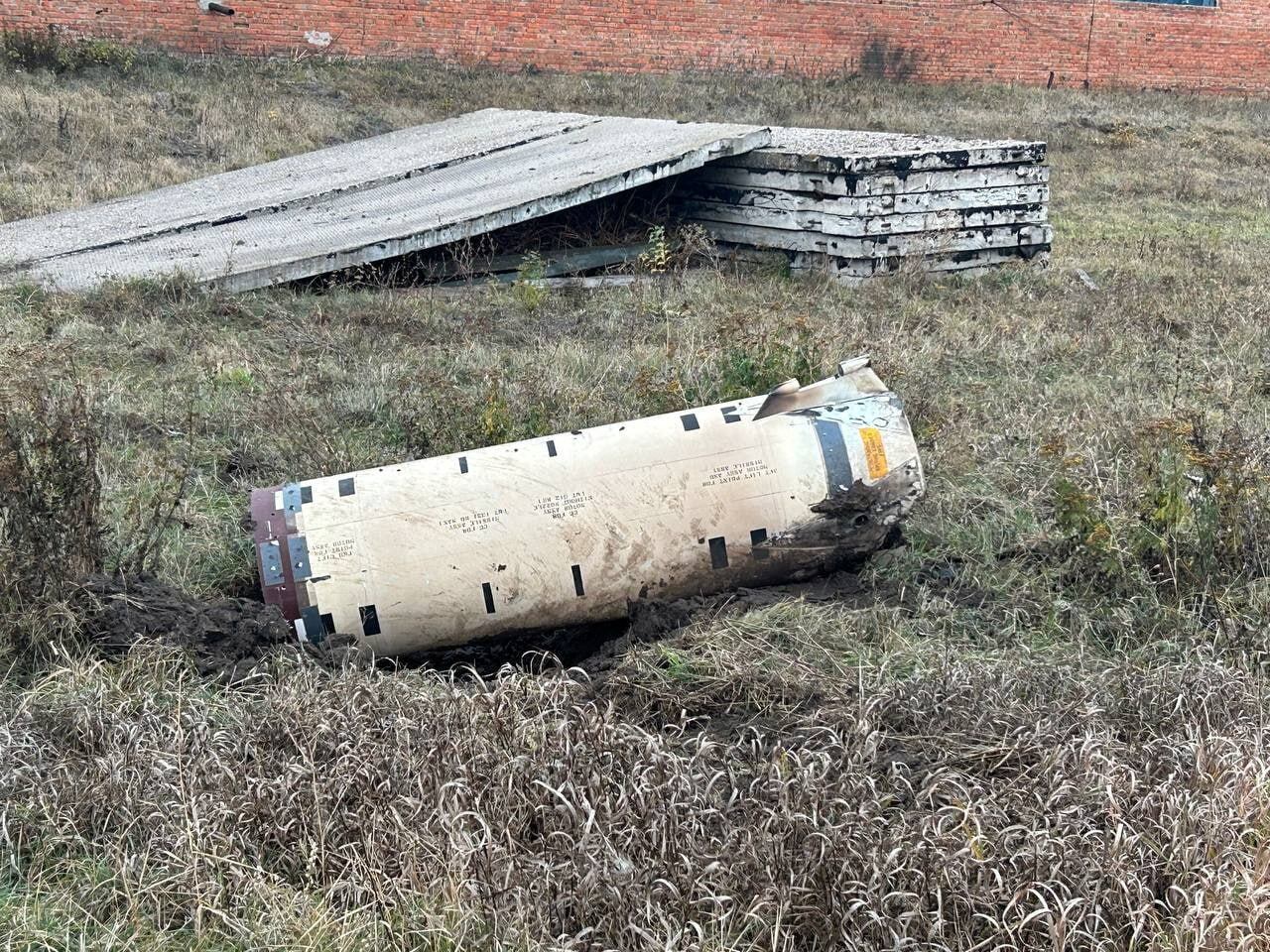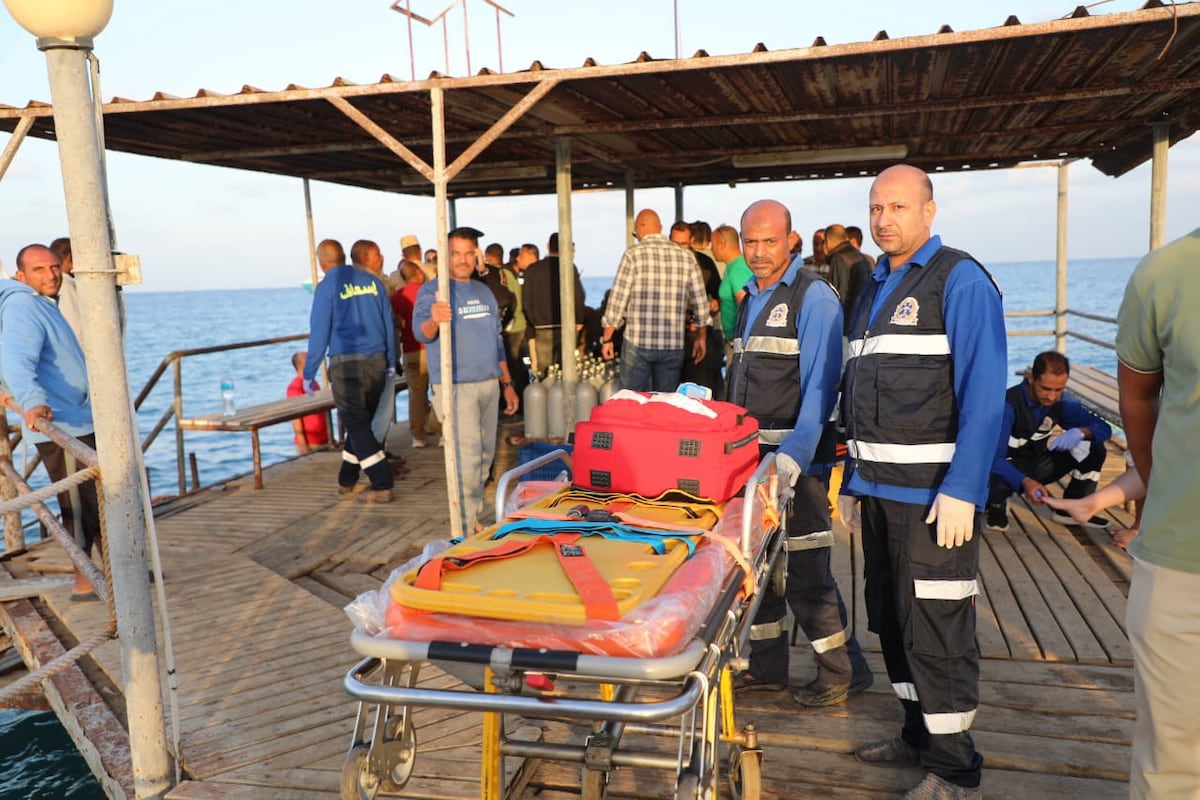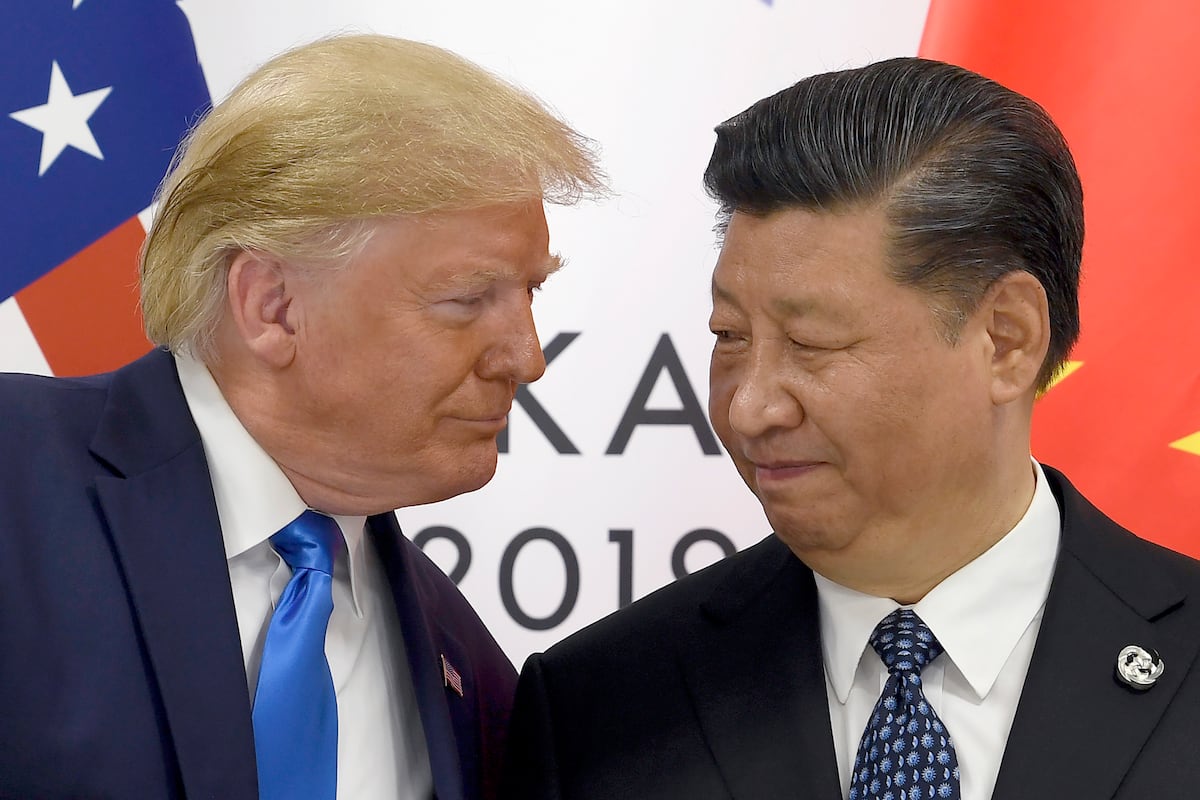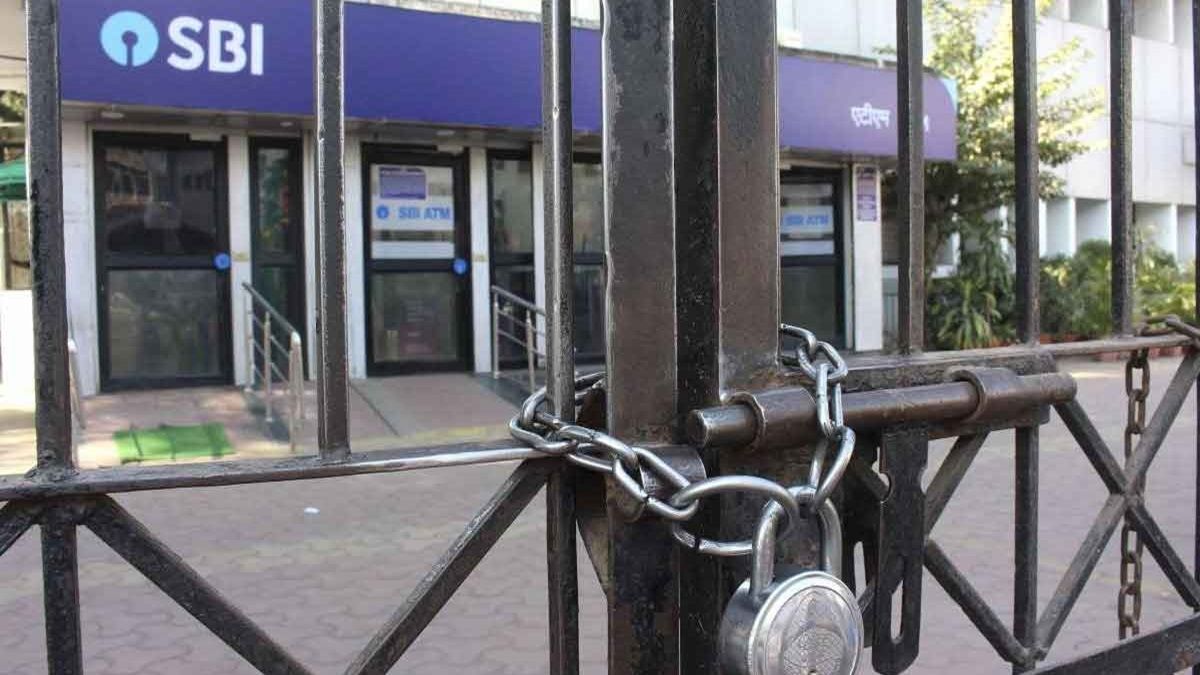
Ukraine has already fired US long-range ATACMS missiles at Russian soil at least three times. The Russian Defense Ministry confirmed this Monday two bombings in the last three days and has warned that “it is preparing response measures.” These two attacks occurred after Russian President Vladimir Putin warned that he would retaliate for the use of Western weapons against his territory. The first message, intended for Ukraine and its Western allies, was the use on November 21, for the first time in history, of a ballistic missile designed for nuclear war against a military plant in Dnipro.
The last Ukrainian bombing with ATACMS in Russia took place on Monday night with eight missiles against the Kursk-Vostochni airfield, in the vicinity of the Jalino settlement. The Russian Ministry of Defense confirmed the use of this weapon hours after limiting itself to reporting a bombardment with “eight ballistic missiles, six American JDAM guided aerial bombs and 45 drones.” The previous attack dates back to November 23. “The enemy launched five ATACMS missiles against the position of an anti-aircraft systems division at Lotarevka in Kursk.” Until now, Moscow had not admitted this blow, which destroyed an S-400 anti-aircraft battery, the best air defense system the Russian army has.
Ukraine has used these ballistic missiles at least three times against military targets in Russia since US President Joe Biden gave his authorization to do so on November 17. The first confirmed bombing with ATACMS was on November 19 against an arms depot in the province of Bryansk, also bordering Ukraine. White House national security spokesman John Kirby confirmed on Monday that the US Government has given the green light to the use of ATACMS, but reiterated that only in the Kursk province. Kirby added that Ukraine has already used this weaponry in that Russian area, without specifying whether he was referring to the bombing of the airfield that same day. His words could also indicate that the attack in Bryansk was without Washington’s consent.
Last August, the Ukrainian Armed Forces began an invasion of part of the Russian territory of Kursk. Since then, according to map data from war study groups, Kremlin troops have supposedly recovered 40% of that area occupied by Ukraine.
The Ukrainian Air Force also used British Storm Shadow long-range missiles in Kursk for the first time last week. The Kremlin had warned that the use of this Western weaponry against its territory would have serious consequences, not only for Ukraine, but for its allies. On November 21, one day after the coup with the Storm Shadow, Putin ordered the attack against a Ukrainian military plant in Dnipro with a new strategic ballistic missile, the Oreshnik. It was the first time in history that a country used a weapon designed for a global nuclear war.
“Russia considers itself entitled to use its weapons against the military installations of countries that allow the use of their weapons against Russia,” Putin said in a televised address to the nation after firing the Oreshnik. Ukraine’s allies have not been deterred; The tests are the new blow with the ATACMS, also that the United Kingdom has sent a new package of Storm Shadow and that the French Foreign Minister, Jean-Noël Barrot, stated on November 23 on the BBC that Paris had given its approval so that its long-range Scalp weaponry could be used in Russia.
The reaction of the Russian authorities to this new attack had initially been null. But the Defense Department finally took the step this Tuesday: “The ministry controls the situation and prepares retaliatory measures.”
It remains to be seen what options the Kremlin has because for the Russian power it would also mean a more dangerous military escalation. For Putin, it would be a risk to accustom his population to the use of weapons as extraordinary and expensive as the Oreshnik. But it would also be a risk if this does not deter Ukraine. In that case, the Russian leader would be forced to an even greater show of force if the war does not go well or, on the contrary, would show that he is running out of cards. Just in case, schools in at least 16 Russian regions have begun teaching children how to protect themselves in case of bombing.
Before this warning from the Ministry of Defense, the spokesman for the Russian president, Dmitri Peskov, had not mentioned this bombing in his daily commentary with the Kremlin media and had diverted attention with speculation last week, when The New York Times published that some US officials (whom the media did not name) had proposed delivering nuclear weapons to Ukraine.
“It is absolutely irresponsible reasoning by people who misconceive reality,” Peskov stated before highlighting that Moscow “continues to observe with concern that the outgoing North American Government prefers to continue down the path of escalation.”






